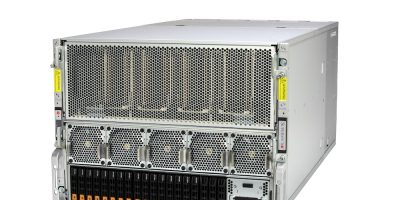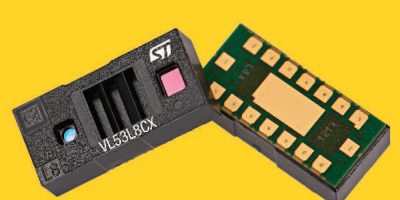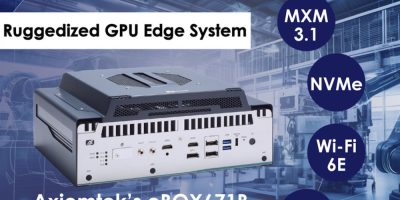Supermicro, announces rack scale air and liquid cooled solutions based on the X13 family of workload-optimised servers now support the new 5th Gen Intel Xeon processors (formerly codenamed Emerald Rapids). The new product lineup includes GPU servers for Generative AI, throughput and latency-optimised E3.S Petascale servers, cost-effective high-density Enterprise and Simply Double storage servers for large-scale object storage, and a new 4-node SuperEdge systems with enhanced storage capacity.
Supermicro X13 systems take advantage of the new processors’ built-in workload accelerators, enhanced security features, higher core count, more last-level cache, and increased performance within the same power envelope as the previous generation of Intel Xeon processors. The 5th Gen Intel Xeon processors provide a 36% higher average performance/watt across workloads vs. 4th Gen Intel Xeon Scalable processors.
The new Intel Trust Domain Extensions (Intel TDX) are built into the CPU die. Supermicro X13 systems also include firmware protected hardware root of trust (RoT) compliant with NIST 800-193, as well as benefiting from Supermicro’s supply chain attestation and ‘Made in the USA’ program for added security from production to end customer.
“5th Gen Intel Xeon processors deliver meaningful performance and efficiency improvements for our customers’ most important workloads,” said Lisa Spelman, corporate vice president and general manager Xeon Products & Solutions at Intel. “Supermicro’s X13 range of servers are designed to give customers the fastest path to increased performance given their compatibility with 4th Gen Xeon based platforms already in the market.”
Among the new additions to the broad X13 server range is a new dual processor GPU server with 8 Intel Data Centre GPU Max 1550 OAM GPUs optimised for large-scale AI training, generative AI, and HPC applications. The Intel Data Centre GPU Max 1550 GPUs utilises the open-standard Open Accelerator Module (OAM) form factor for flexible high-speed interconnect and contains 128GB of HBM2e memory for a maximum GPU memory bandwidth of 3276.8 GB/second. Both CPU and GPU direct-to-chip liquid cooling are available on the system via Supermicro’s complete rack integration and liquid cooling solutions.
Supermicro is also launching several new servers supporting the new Intel Xeon E-2400 processors (formerly codenamed Catlow Platform, Raptor Lake-E). The new systems are optimised for maximum efficiency Edge and Cloud workloads and include the I/O flexible WIO, storage-optimised, short-depth, and mid-tower configurations, as well as multi-node Supermicro MicroCloud and Supermicro MicroBlade architectures. The new Intel Xeon E-2400 processors have up to 8 cores and a top frequency of 5.6 GHz. These servers are available for shipping immediately







